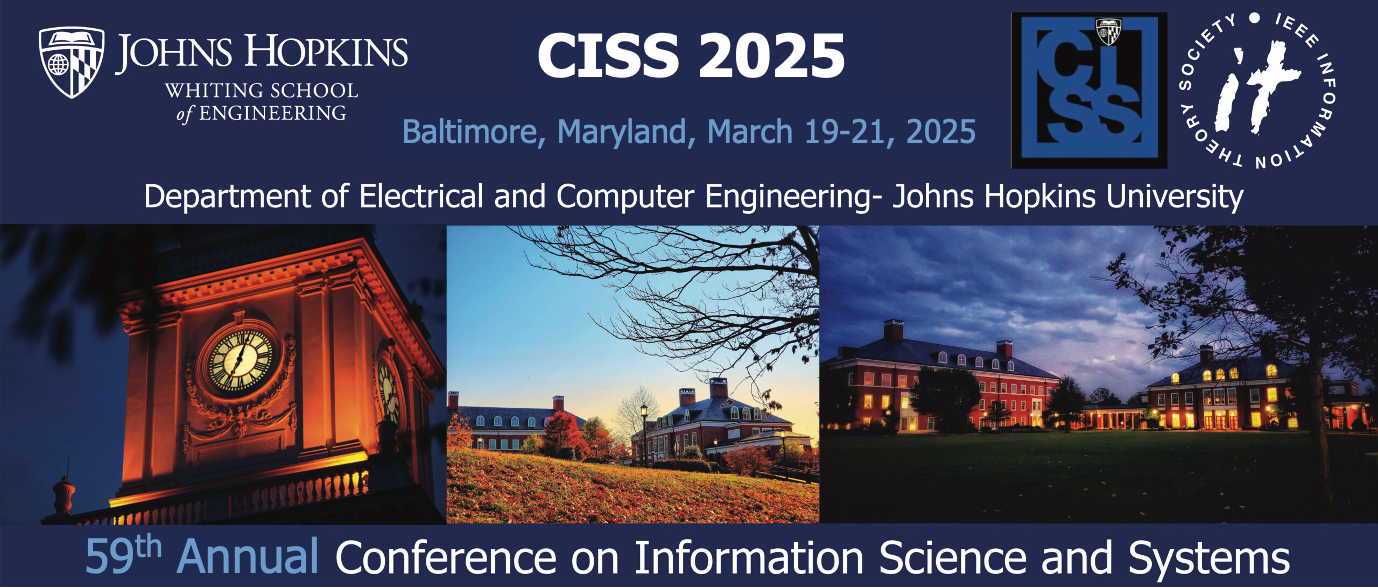Applied Machine Learning I
Session Type: Lecture
Session Code: A1L-C
Location: Room 3
Date & Time: Wednesday March 22, 2023 (09:00 - 10:00)
Chair: Thomas Thebaud
Track: 5
| Paper ID | Paper Name | Authors | Abstract |
|---|---|---|---|
| 3105 | Perspicuity of Evacuation Behavior in Communities During Hurricanes Using Large-Scale Mobility Patterns and Communal Characteristics | Harsh Anand, Majid Shafiee-Jood, Negin Alemazkoor | The announcement of evacuation orders during hurricanes is an integral part of an emergency preparedness and response plan, specifically for reducing social and economic distress. Although such orders are generally assumed to be followed in theory, in practice, evacuation rates in response to an evacuation order vary widely among communities. The purpose of this study is to examine how socioeconomic and demographic factors affect the evacuation decisions of communities in response to government-issued evacuation orders. Particularly, we harness passively collected high-fidelity mobility data in conjunction with the community characteristics to analyze the disparate evacuation pattern of 2,617 census block groups (CBGs) in Florida during Hurricane Dorian. Our finding suggests that the lead time of evacuation orders, median age, and a racial minority percentage of CBGs affect the shift in evacuation rate once orders are issued. The study results, along with the comprehensive discussion, contribute to a deeper understanding of the factors that influence evacuation behavior during hurricanes. This can assist emergency management stakeholders in making strategic decisions to maximize community response to evacuation orders. |
| 3138 | Multi-Output Career Prediction: Dataset, Method, and Benchmark Suite | Shruti Singh, Abhijeet Gupta, Samah Saaed Baraheem, Tam V. Nguyen | In this paper, we investigate the career path prediction of an individual in the future. This benefits a variety of application in the industry including enhancing human resources, career guidance, and keeping track of future trends. To this end, we collected a dataset via LinkedIn network, with the job position and the job domain for each individual. There are many attributes related to historical background for each individual. For the career prediction, we investigate six different multi-class multi- output classification methods. Via the benchmark suite, the best classifier achieves an accuracy rate of 91.21% and 95.97% for the job domain and the job position, respectively. |
| 3207 | Energy-Efficient Edge Approximation for Connected Vehicular Services | Dewant Katare, Aaron Ding | Connected vehicular services depend heavily on communication as they frequently transmit data and AI models/ weights within the vehicular ecosystem. Energy efficiency in vehicles is crucial to keep up with the fast-growing demand for vehicular data processing and communication. To tackle this rising challenge, we explore approximation and edge AI techniques for achieving energy efficiency for vehicular services. Focusing on data-intensive vehicular services, we present an experimental case study on the high-definition (HD) map using the model partition approach. Our study compares the AI model energy consumption using multiple approximation ratios over embedded edge devices. Based on experimental insights, we further discuss an envisioned approximate Edge AI pipeline for developing and deploying energy-efficient vehicular services. |
